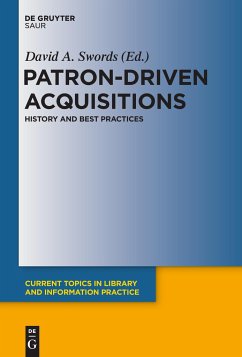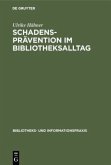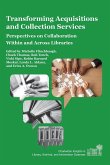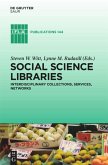About 40 percent of the books academic libraries purchase in traditional ways never circulate and another 40 percent circulate fewer than three times. By contrast, patron-driven acquisition allows a library to borrow or buy books only when a patron needs them. In a typical workflow, the library imports bibliographic records into its catalogue at no cost. When a patron finds a patron-driven record in the course of research, a short-term loan can allow him to borrow the book, and the transaction charge to the library will be a small percentage of the list price. Typically, a library will automatically buy a book on a third or fourth use. The contributions in this volume, written by experts, describe the genesis and brief history of patron-driven acquisitions, its current status, and its promise.
"Overall, Patron-driven Acquisitions can be confidently recommended to all academic libraries both those currently planning to move in a patron-driven direction, and those unsure of whether such an approach makes sense or perhaps even of what all the fuss is about. Its authors effectively cover all of the most pressing and relevant questions about PDA theory and practice, and offer highly useful tools to readers interesting in assessing the practice's viability and likely consequences."
Rick Anderson in: Library Review 6/2012
Rick Anderson in: Library Review 6/2012








